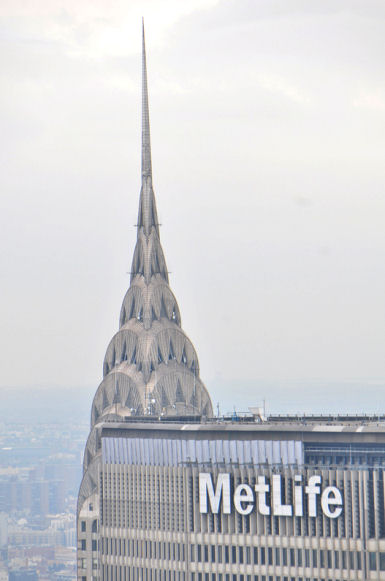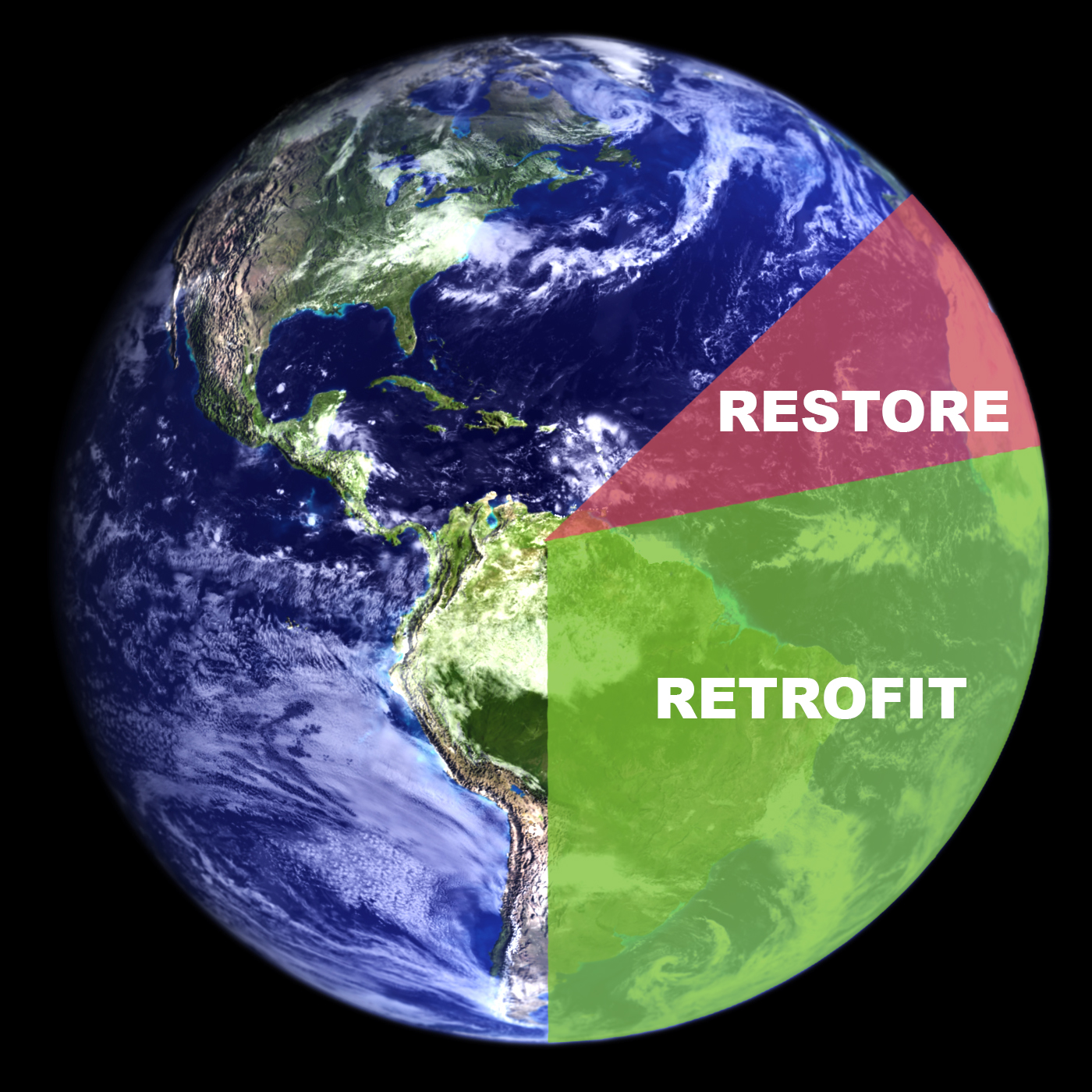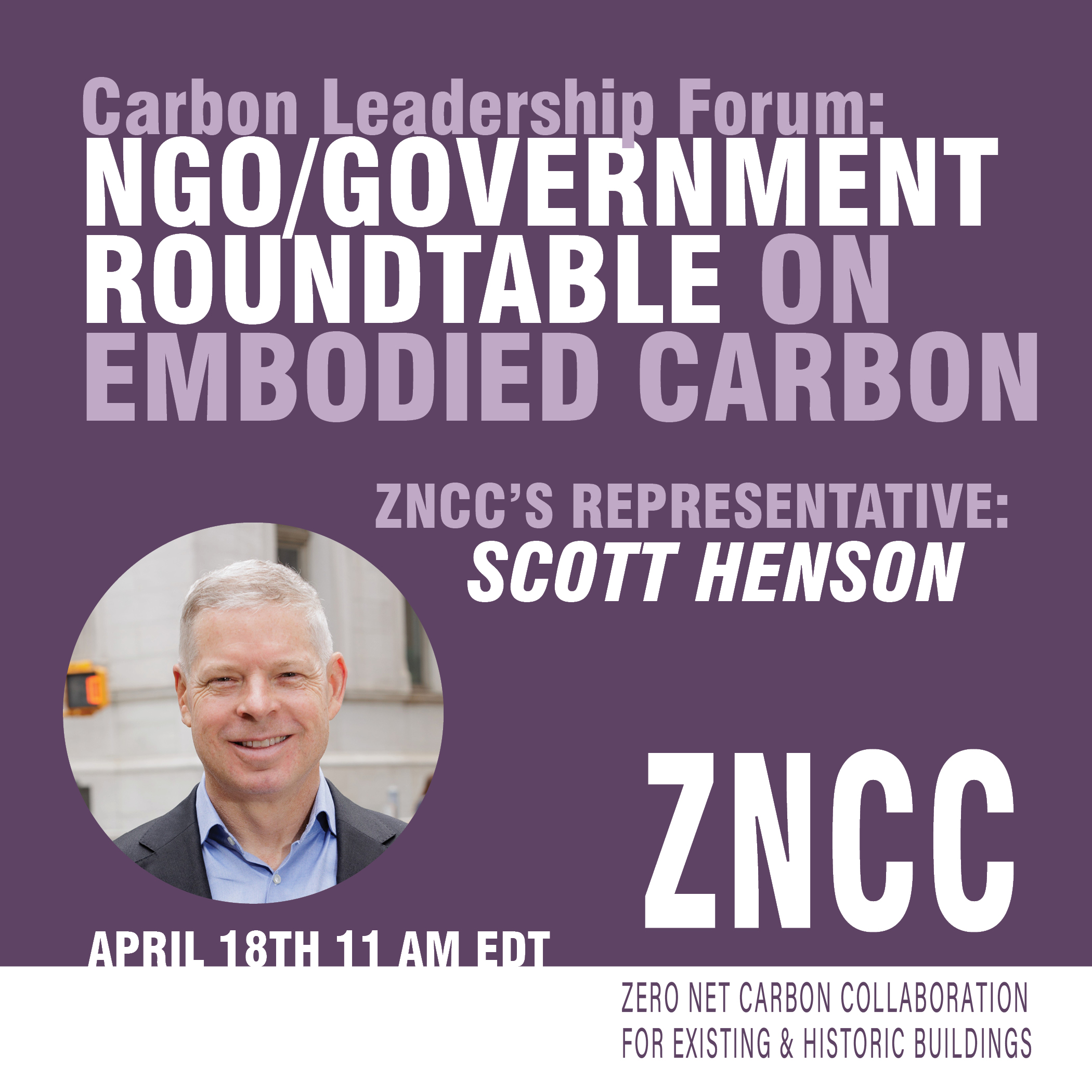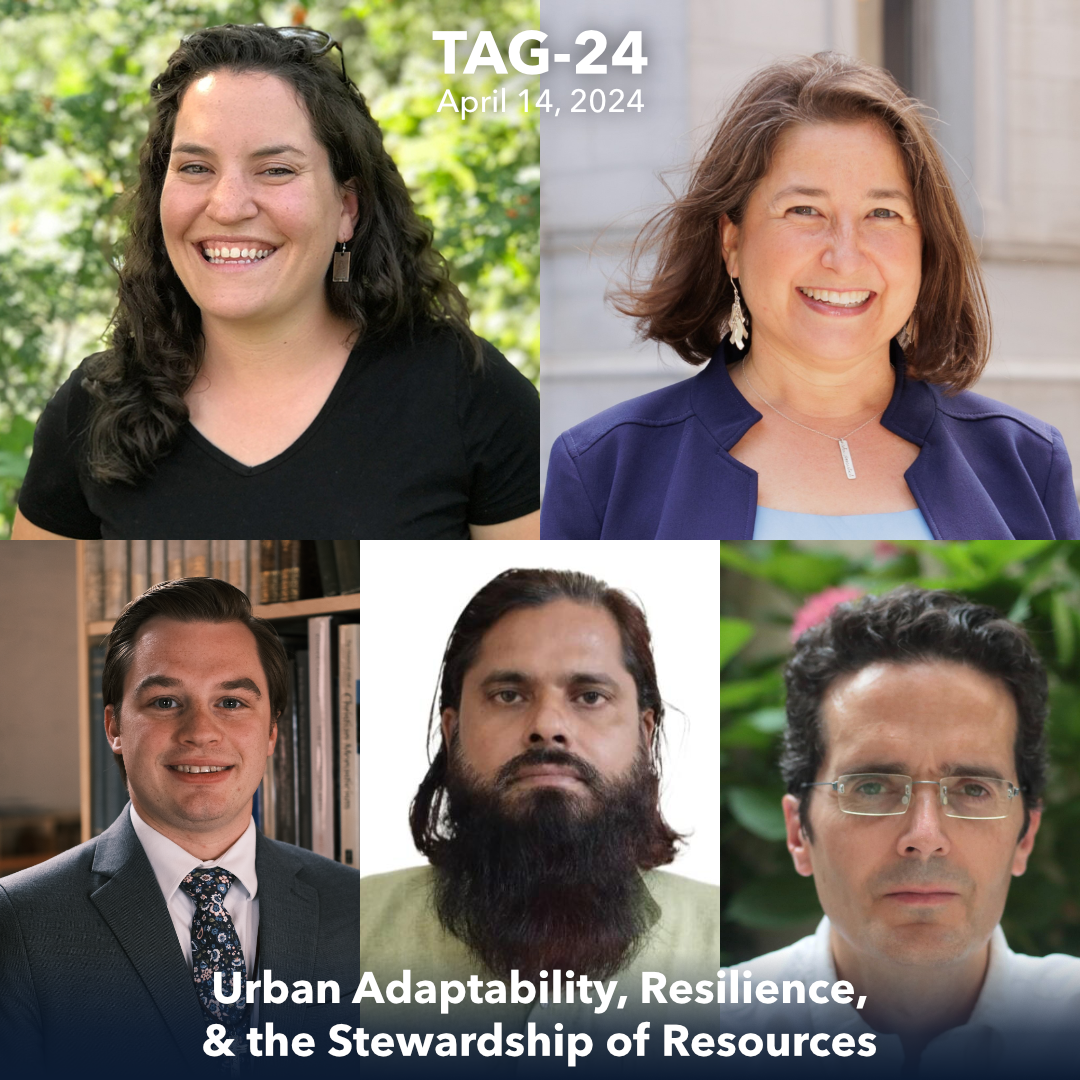Sharon McHugh reports for World Architecture News.
[Image: Ted via Flickr]
Two decisions came down last week that may affect New York City’s skyline. One was the defeat of Mayor Bloomberg’s plan to densify development in east mid-town Manhattan. The other was Governor Mario Cuomo’s signing of legislation that will permit the cash-starved Hudson River Park Trust to sell air rights to developers within a block of the five mile long park, which borders the Hudson River.
The midtown east plan called for a 72-block rezoning of the area near Grand Central Station that would have brought signature Class A office buildings to the business heart of Manhattan, where most of the buildings in the area date to World War II. The sale of air rights there also would have generated an estimated $500m for transit upgrades in the area.
Building owners in the neighborhood were generally in favor of the rezoning plan as they have been clamoring to make upgrades to their buildings or replace them altogether with gleaming new towers (which they are prohibited from doing under the current zoning) rather than run the risk of losing tenants to newer office buildings in other parts of town, like Hudson Yards on the Far West Side and the World Trade Center in Lower Manhattan.
The plan, while dead for now, may be revived when Mayor-elect Bill De Blasio takes office in 2014. But don’t expect it to be the sweeping, visionary, state-of-the-art plan put forth by the Bloomberg Administration. Councilman Daniel Garodnick, whose district includes midtown east, told Crains: “The public realm plan is aspirational and it is unclear at this point whether some of its most visionary improvements can even be executed.”
In his campaign speeches, De Blasio made it clear that he thinks ‘developers have gotten a pass under the Bloomberg Administration’ and that the upper rungs of New York’s Society have been the key beneficiaries. Only time will tell if De Blasio will use such initiatives as rezoning midtown east to build affordable housing in the city, which is sorely needed and is a cause high on his agenda.
On the West Side of Manhattan, the Hudson River Park Trust was given a lifeline from New York Governor Mario Cuomo, with the signing of legislation last week that will allow the Trust to sell its air rights. Those air rights, which the Trust estimates to total 1.6 million sq ft, could bring substantial monies to its coffers and allow it to make the estimated $118m of basic repairs to Pier 40, a roughly 15-acre area with ball fields, sports facilities, a 775,000 sq ft building used as offices and a parking garage. Without the needed repairs Pier 40 might have to close, said Trust’s president, Madlyn Wils.
While the legislation bodes well for the Trust’s rescue, the larger question is whether the sale of its air rights – which may result in towers along the Hudson River – is good for the neighborhood or practicable from an environmental standpoint.
The area targeted for the air rights sale includes Greenwich Village, which is comprised mostly of four- and five-storey buildings. Andrew Berman, Executive Director of the Greenwich Village Society for Historic Preservation, is concerned that new high rise towers would be out character for the neighborhood and would block views of the Hudson River.
The area in question is ranked by the Federal Emergency Management Agency (FEMA) as one of the most vulnerable and future storm-prone areas in the country. Making note of that fact, Laura Haight, a senior environmental associate with New York Public Interest Research Group (PIRG), told Crains: “Governor Cuomo has rightly called for plans to ensure that the State of New York is better prepared for and more resilient to future severe storms. It would foolhardy to encourage development in such a storm-vulnerable location.”




